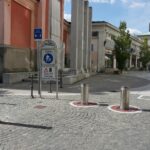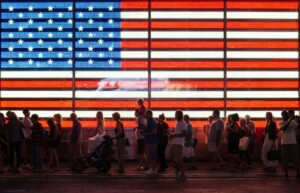Dense housing settlements and high-rise blockades without sight of green is one of the disadvantages of urbanisation. While urban living continues to offer many opportunities such as jobs and services, urban green is a vital component in any urban ecosystem. Urban green spaces include parks, fields, gardens, urban forests and wetlands providing ecosystem services, including climate regulation, food and opportunities for recreation.
The 2018 ASEAN Sustainable Urbanisation Strategy (ASUS) report showed that the resource footprint of the region’s cities is expanding. The annual growth of ASEAN’s urban population grew by around three percent annually, but the rate of carbon dioxide (CO2) emissions have increased by 6.1 percent.
Many ASEAN cities are also among the world’s cities most exposed to natural disasters and environmental concerns, particularly from rising sea levels as a result of climate change. And rapid urbanisation is only exacerbating the risk of these disasters. Compromised ecosystems significantly upset the livelihoods and food security of local communities.
Southeast Asia has the highest urban ambient air pollution levels worldwide with an annual mean level often exceeding five to 10 times the World Health Organization’s (WHO) limits.
Nonetheless, Southeast Asia continues to build. Open spaces and old buildings are making way for expressways, modern offices and apartment towers to accommodate ever-growing populations while magnifying the harmful effects of the urban sprawl.
According to the WHO, green urban areas facilitate physical activity and relaxation; a lack of which has contributed to an estimated 3.3 percent of global deaths. Green spaces in cities are beneficial for human well-being.
Read the full article on The ASEAN Post
Author: Liyana Hasnan
Recommended by Stephanie Cheung











More Stories
Activating a Neglected Canal as a Community Hub by Lab D+H
Abandoned no more: Mumbai’s new park on previously disused land
Studio Saar crowns Udaan Park with canopy of colourful birds